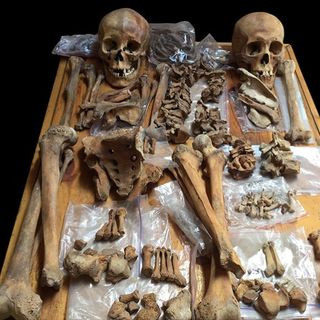There are large gaps in Earth’s evolutionary history, caused by the loss of sediment and rock from certain eras. Scientists recently discovered that these large gaps in Earth’s geological history may be due to regional small-scale occurrences, rather than a large scale synchronous event like mass erosion. This research, published in the Proceedings of the National Academy of Sciences, debunks the theory that large-scale erosion from around 540 million years ago may have seeded the Earth with nutrients and brought about complex life.
One of the ways geologists use to infer Earth’s history, especially that from before human beings, is deciphering the age of rocks and sediment deposited atop each other, often creating layers that coincide with specific geological time intervals. However, sometimes, there are large gaps in these time intervals between layers of rock by upwards of a billion years. This massive difference, according to researchers, could be due to natural forces, which prevented the preservation of rocks and sediment. These blank periods in geological history are known as unconformities.
“Researchers have long seen this as a fundamental boundary in geologic history,” said Rebecca Flowers, an associate professor in the Department of Geological Sciences, told Science Daily. “There is a lot of the geological record that is missing, but just because it’s missing doesn’t mean that this history is simple.”
Related on The Swaddle:
New Dinosaur Named ‘Reaper of Death’ Is a Cousin of T. Rex
Previously, researchers believed that such moments of planetary amnesia occurred due to global, simultaneous erosion of rocks and sediment about 715 and 640 million years ago, when the Earth was covered in ice and snow. The largest of these memory lapses is called the ‘Great Unconformity,’ which extends from 550 million years to more than a billion years ago. One of the most famous regions where the Great Unconformity was observed, is the Grand Canyon in the U.S.
Unconformities in geological history, and the way they are formed help answer questions about how the Earth’s climate slowly shifts over time. “To find out the history of the Earth more fully, you need to understand the relationship between surface processes (such as erosion), deep earth processes, and long-term biological, climatic, and environmental changes,” Rebecca Flowers, said according to Free News. Understanding these processes is also pivotal to understanding Earth’s hand in the formation and preservation of life in the past, and in the future.




